After the floods, can our Northern Rivers find hope after heartache?
It’s hard to explain the scale of a major natural disaster like the northern NSW floods. You have to see it, smell it and then try to put into your own perspective to fully understand it. Read our special report, see the new photos
It’s hard to explain to someone the scale of a major natural disaster like the northern NSW floods.
Television footage, aerial photography and powerful photos paint some of the picture.
But you have to see it, smell it and then try to put into your own perspective to fully understand it.
I covered the aftermath of the Boxing Day tsunami in Sri Lanka in 2004.
Images of a baby being pulled from the rubble and the smell of death as crows circled piles of misery will stay with me forever.
The wreckage of the Galle train almost a kilometre inland, where 1700 people perished, showed the power of the rushing water.
I remember driving for more than 100km and seeing nothing but muddy despair, with the exception of the old house or church that had somehow escaped.
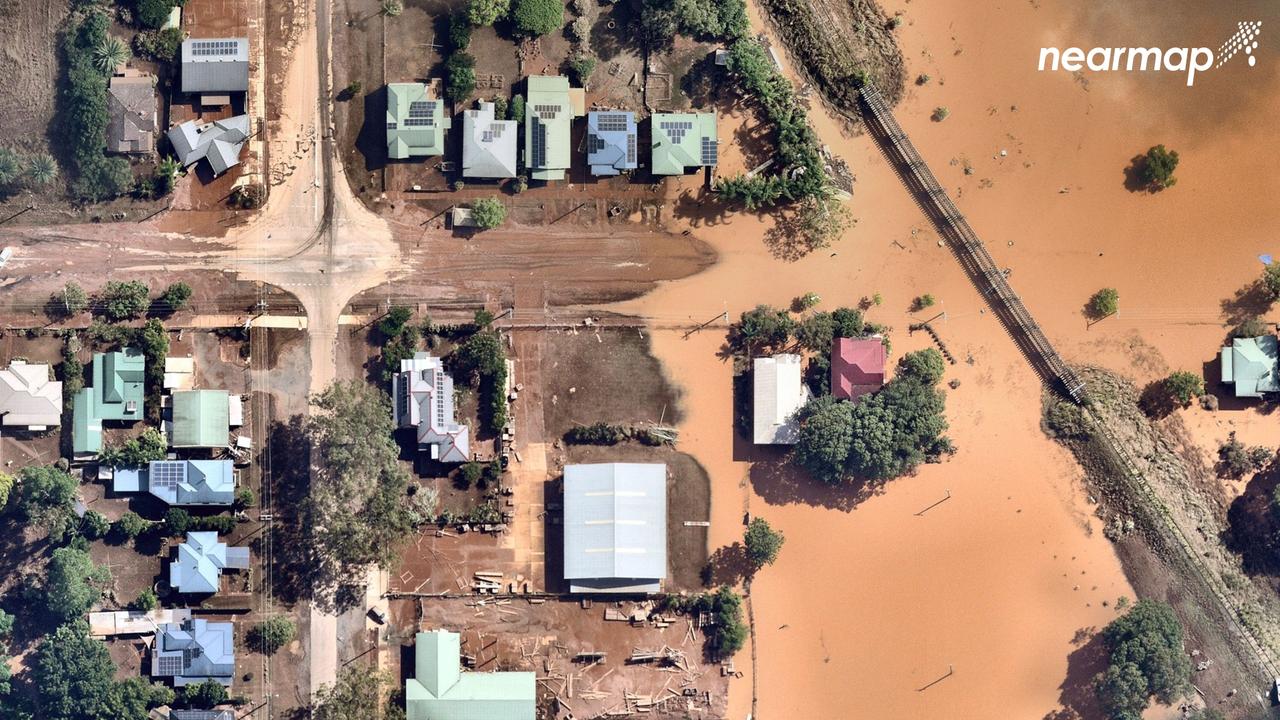
For me it was like driving from Noosa to Caloundra or Byron to Yamba and seeing nothing but devastation on my right and left.
Watching vision of people driving through the streets of Lismore in the past few days looked depressingly similar.
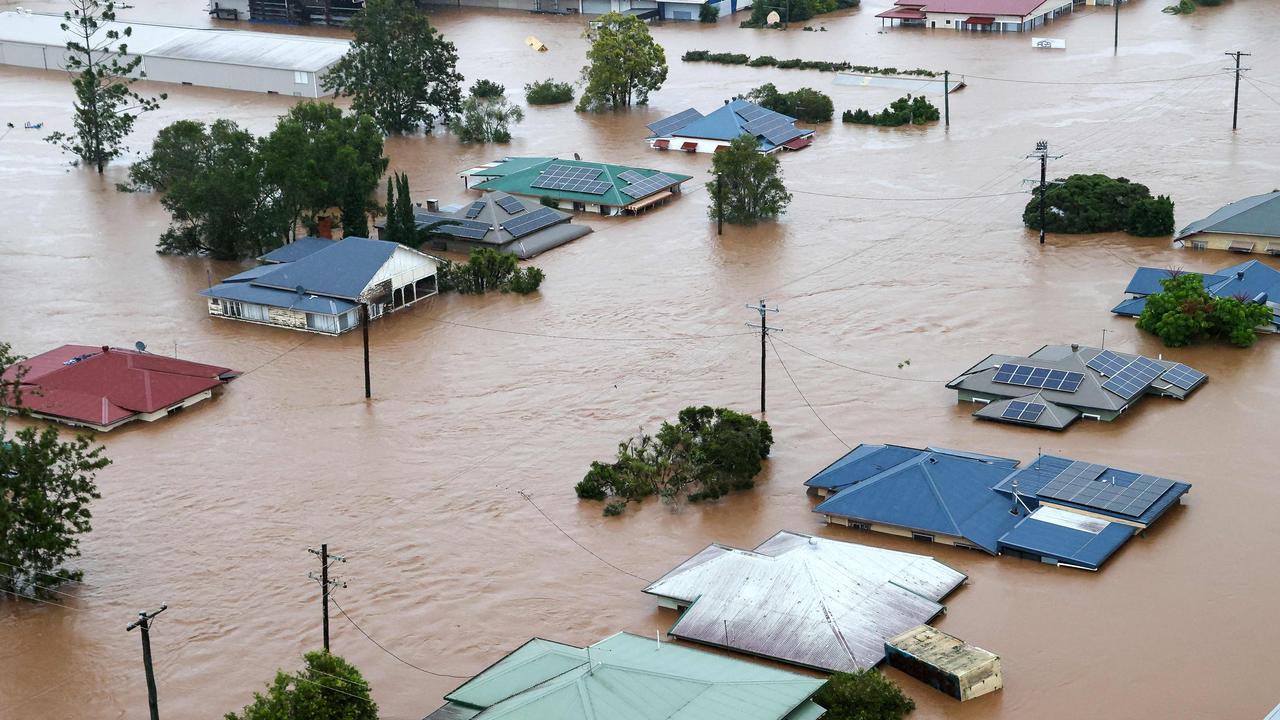
The destruction, and stench, is confronting, overwhelming.
For those having to experience it day after day, it is demoralising.
Lismore is a town proud of its flood readiness. But nothing could prepare locals for what came.
The wall of water rushing through the region at a record height of 14.37 metres took many long time locals by complete surprise. It was well above what was forecast and the warnings to evacuate came too late for too many.
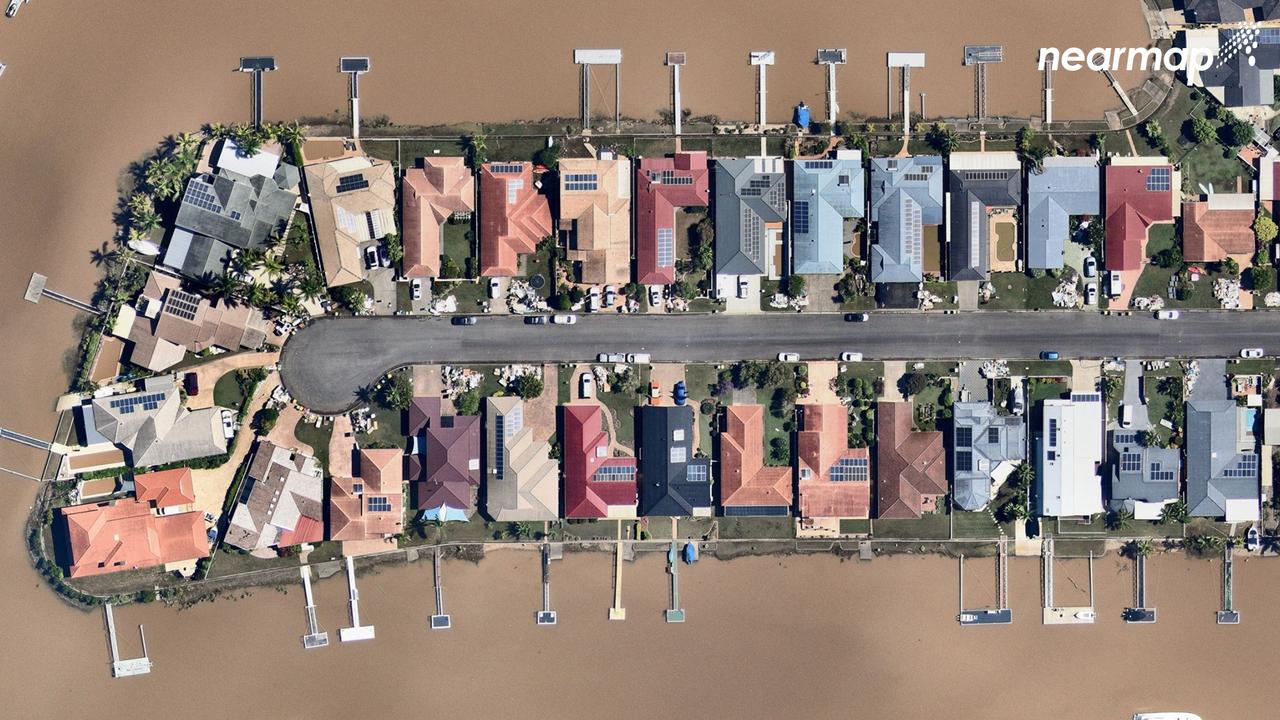
To see people having to duck under power lines as they were rescued in tinnies, and others plucked off second story balconies, and rooftops, is a memory that will stay with many Australians for a lifetime.
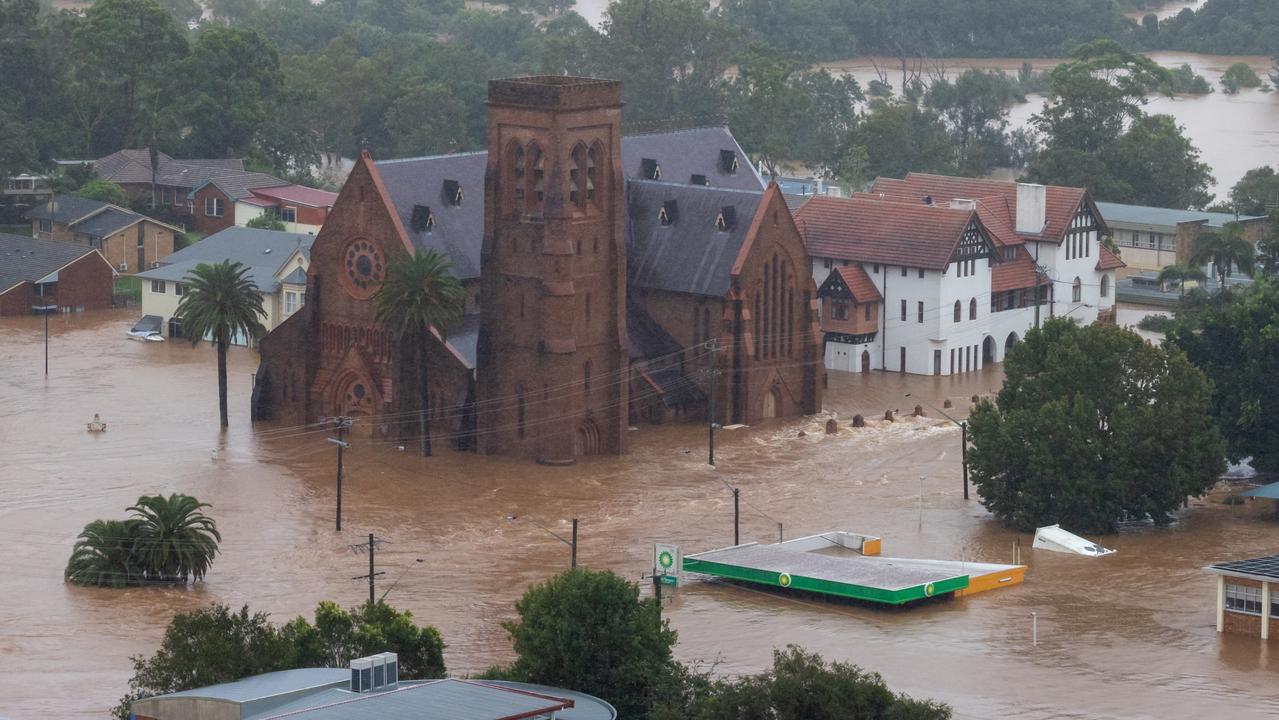
This was not just a flood, it was a demolition, the region’s Cyclone Tracey – an event that put 43,000 people in the firing line and then had the whole nation watching in disbelief.
At the height of the flooding there were 31 evacuation orders in place.
On Wednesday, the State Emergency Services reported a staggering 5200 requests for assistance in a matter of days.
Earlier thousands were helped by neighbours and complete strangers.
Some were up to their necks in floodwaters. Others had their homes completely destroyed by landslide.
Almost two weeks after the flood that was two metres higher than the 1974 benchmark, the clean-up job ahead remains massive, and for many almost insurmountable.
For newly-elected Lismore mayor Steve Krieg, who lost his home and businesses in the floods, it’s been a wearisome baptism of fire.
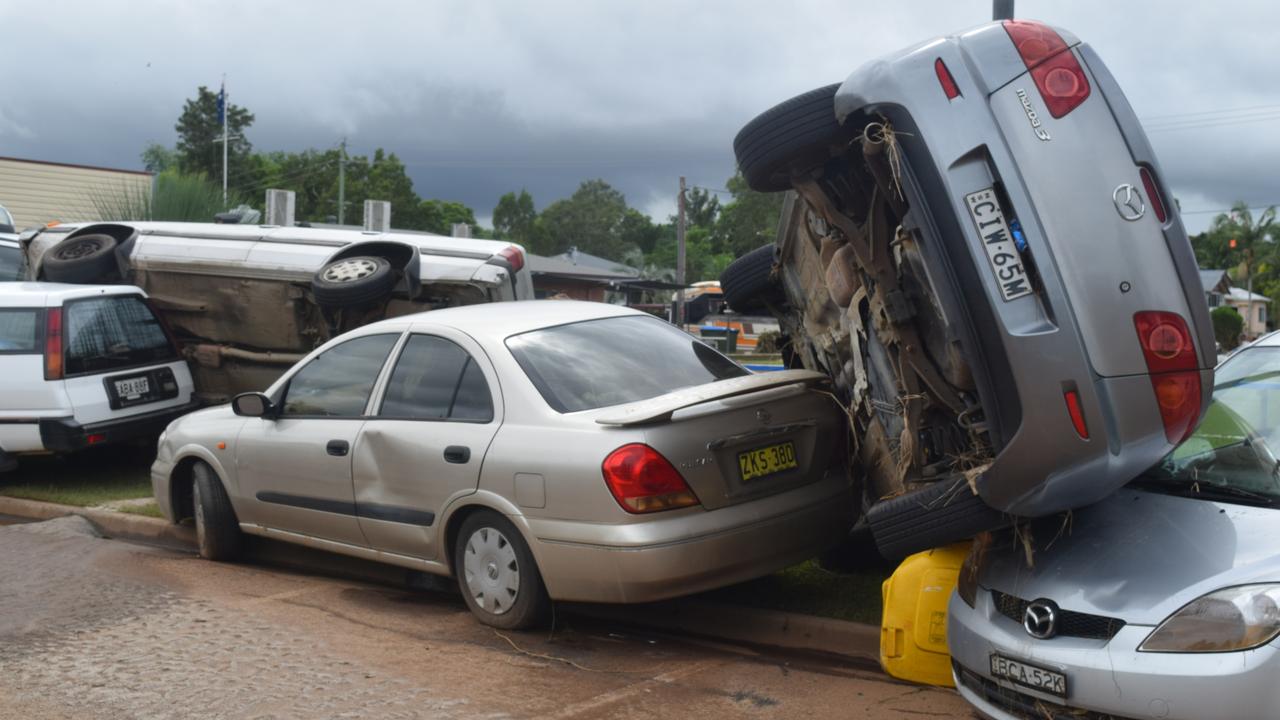
Day by day, he’s been posting updates on social media, each time urging patience as locals wait for massive piles of ruin to be cleared from outside their homes and businesses.
The Australian Defence Force, along with the Rural Fire Service, and an army of private contractors are working through a literal mountain of waste.
There about 3000 tonnes of people’s lives being cleared away every day.
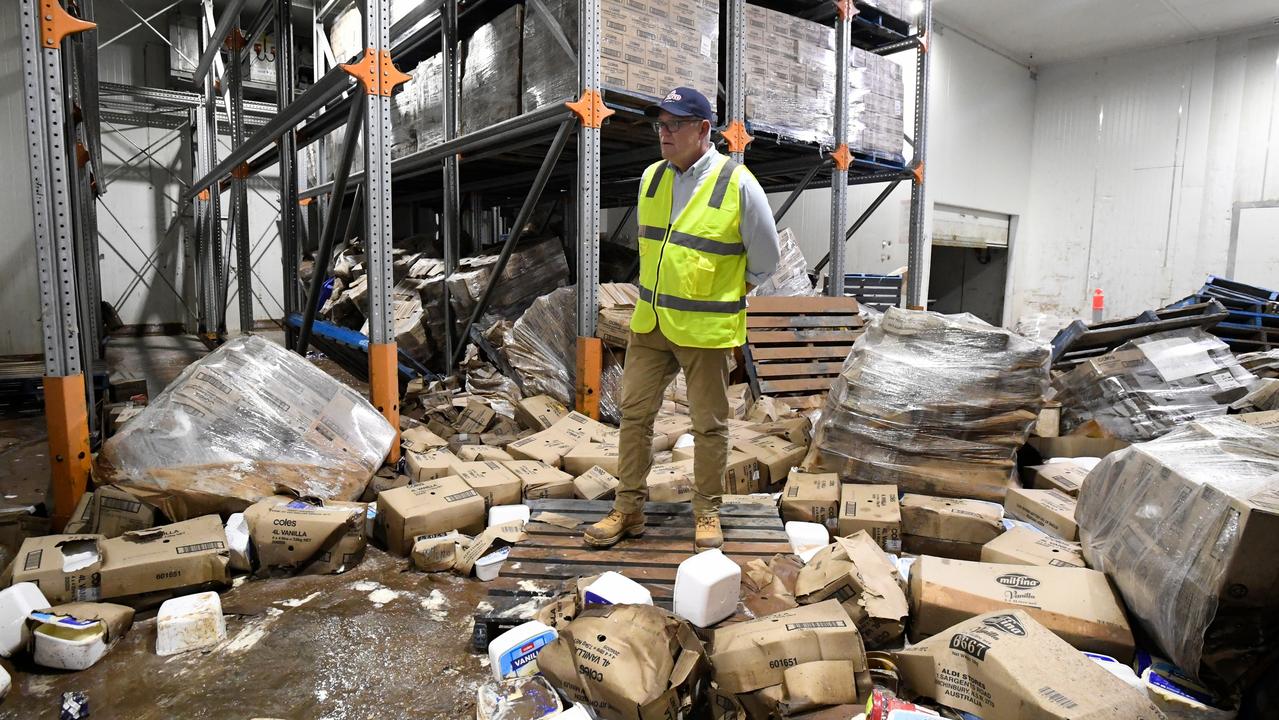
A truck is going to the temporary waste facility every minute.
Mr Krieg says every pile of rubbish will be collected but it is going to take time.
In the meantime, people face crushing questions around the basics like where they will live and how will they get their businesses cleaned up, power and services restored, so they can provide for their families.
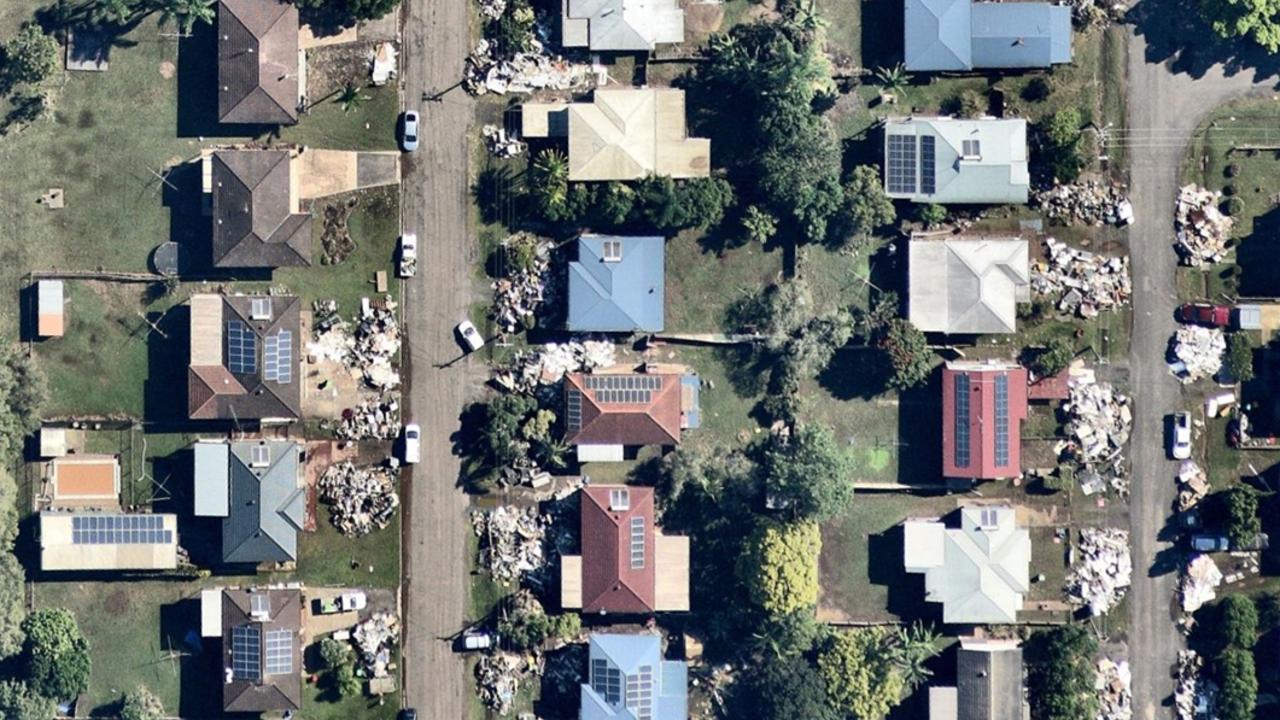
Some are wondering whether they should rebuild at all, especially given Lismore’s flood-prone history.
Fatigue and frustration continue to set in.
Mental health experts say the risk of suicide, post traumatic stress disorders, depression and ongoing anxiety is real.
The mayor, who has battled insomnia, has had to soldier on, as many have.
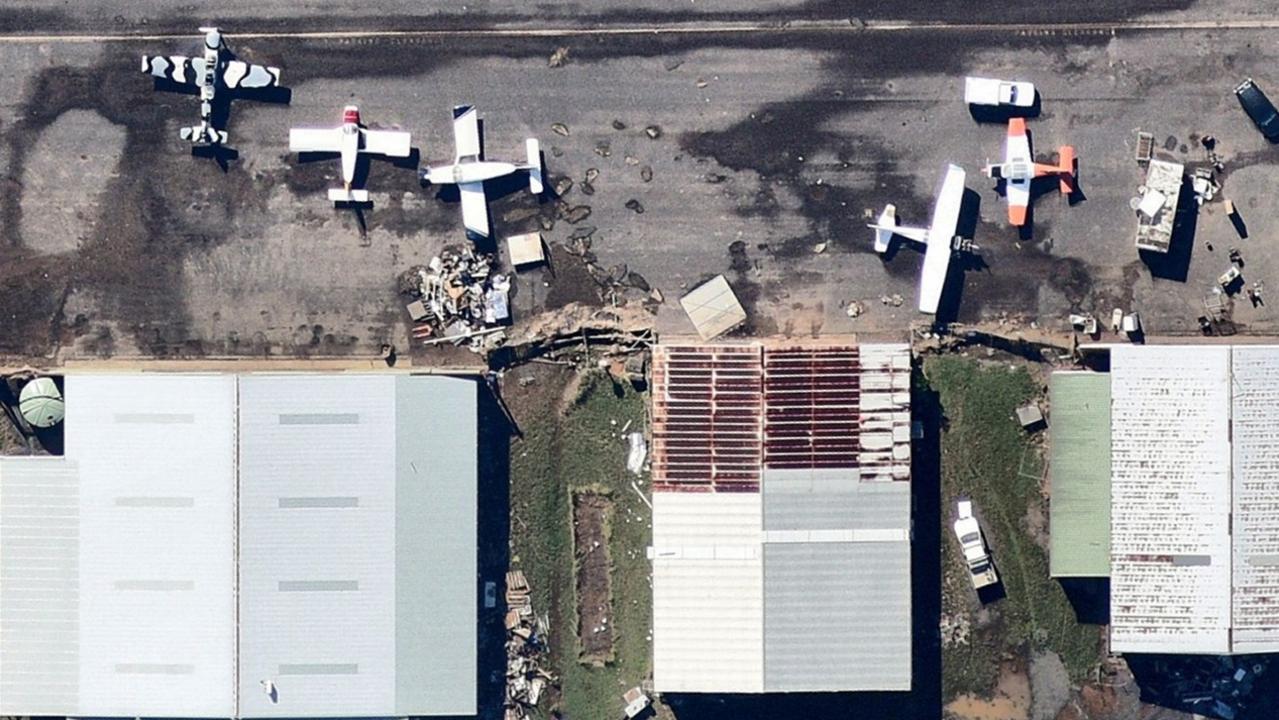
But he says locals must reach out and access the support that is available.
“Now is not the time to be stubborn or too proud to ask for help,’’ he says.
Across the Northern Rivers, there are more than 60 community liaison officers ready to help people through the first steps of recovery.
There are also people arriving daily from other parts of New South Wales and Queensland bringing with them tents, clothing, food supplies, to do their bit.
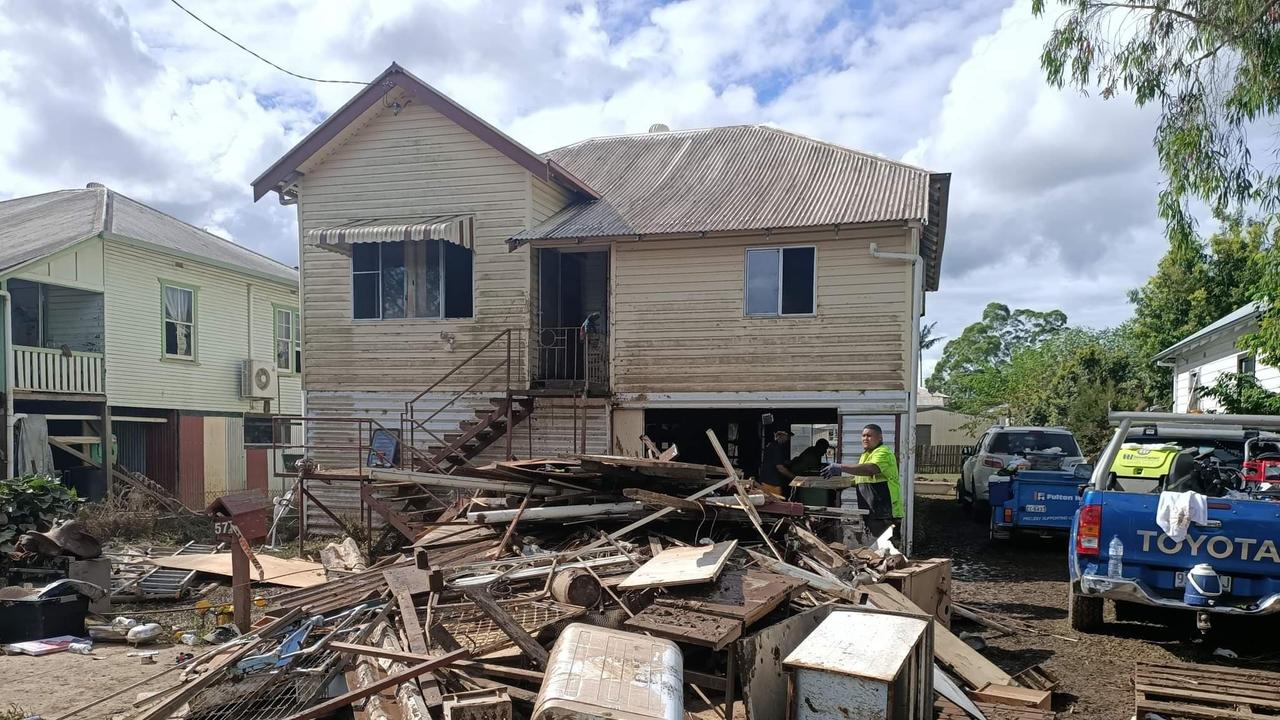
The NSW SES and Defence have delivered more than 5500 packs of food and essential supplies to isolated communities over the past few days.
As one put it, while we have seen the worst of Mother Nature, we have seen the best of humanity.
The rebuilding effort will no doubt span many months.
But as I found after returning to Sri Lanka six months later, much can be done when many work together.
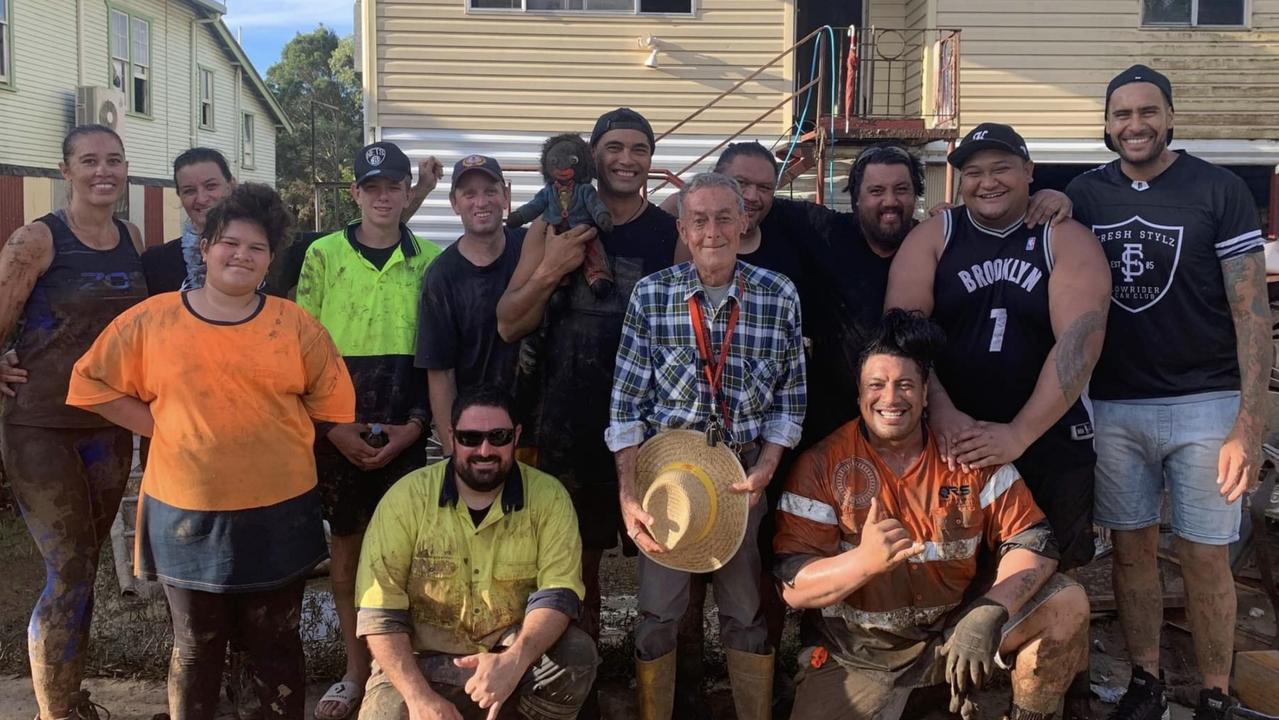
In that time, new homes, schools, childcare centres as well as new small businesses had emerged.
Faces of misery had been replaced by the smiling faces of children playing in colourful, newly equipped childcare centres, built from funds raised by big-hearted Australians.
As a nation we are tough, we are resilient and we can rebuild.
More Coverage
Originally published as After the floods, can our Northern Rivers find hope after heartache?





